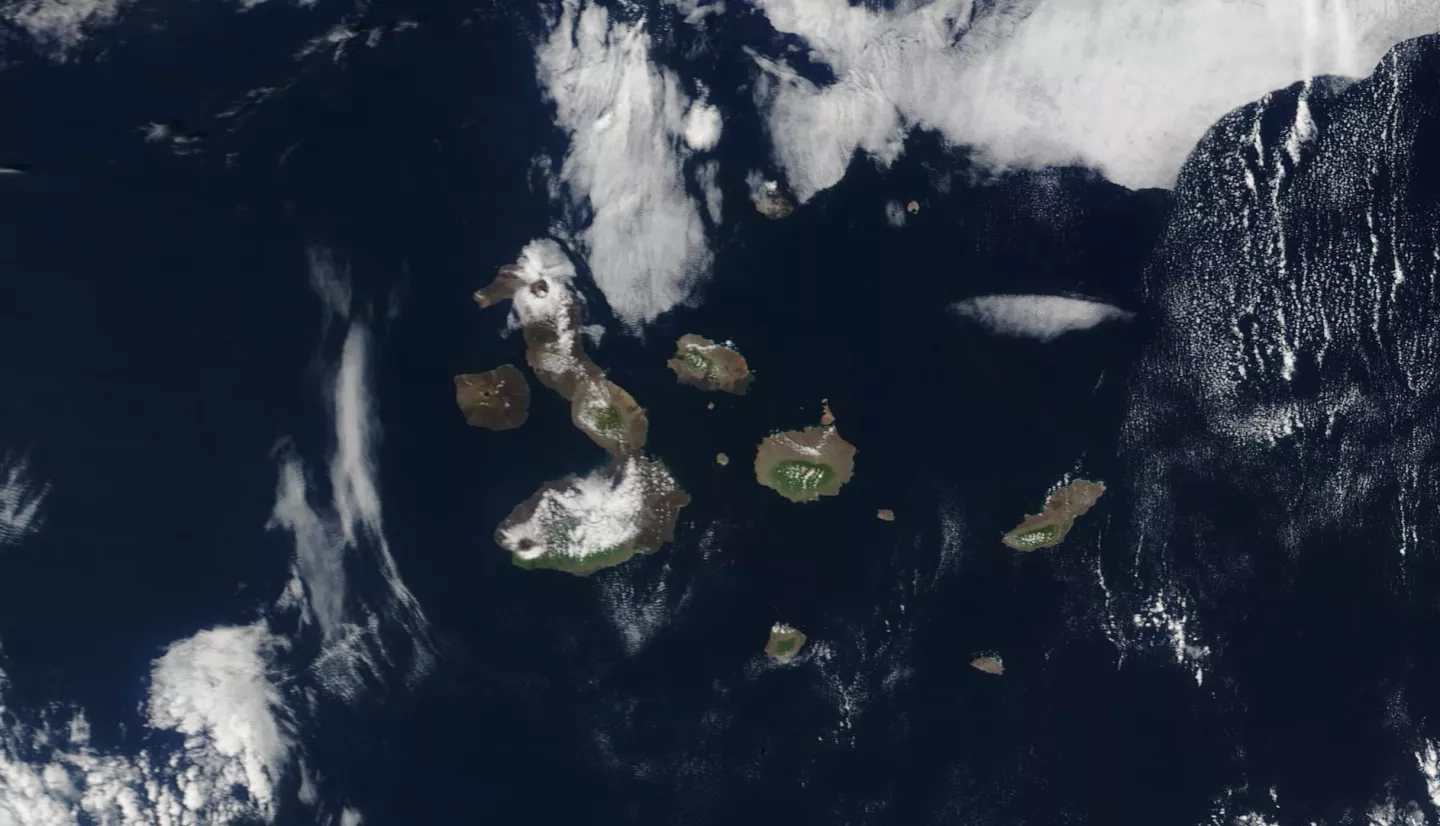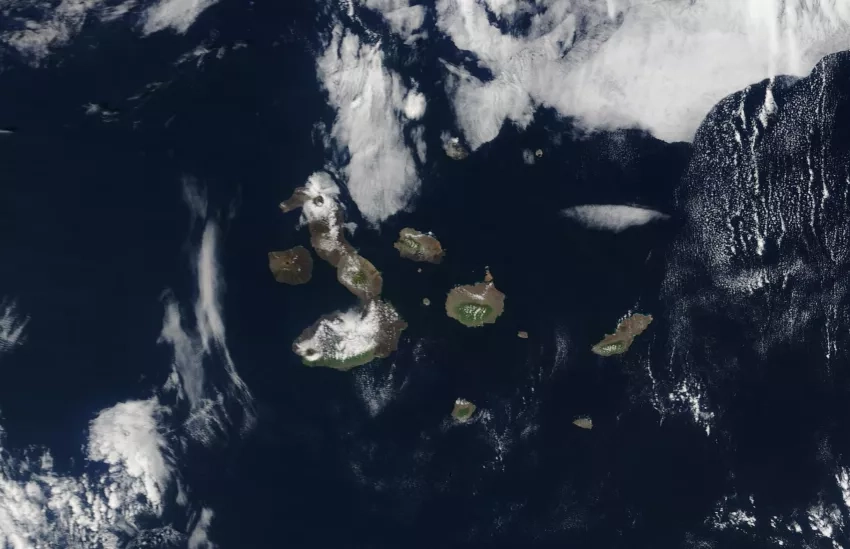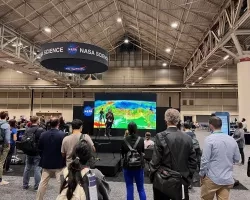What is Galápagos Infinito?
The Galápagos Islands, located off the coast of Ecuador, are best known for their unique ecosystem and extensive biodiversity. However, environmental detriments such as overfishing, invasive species, climate change, and deforestation have led to the degradation of the archipelago’s ecosystem––creating the need for initiatives such as Galápagos Infinito. Galápagos Infinito, or Infinite Galápagos in English, is an educational program that seeks to promote an in-depth understanding of the archipelago’s environment and island culture among 11-12-year-old inhabitants of the islands. The program’s curriculum focuses on three major themes: connection with nature, knowledge of the archipelago, and island identity. The Naveducando Foundation, the Governing Council of the Galápagos Special Regime, and the risk communications agency Pacífico, created Galápagos Infinito to inspire the next generation of environmental and cultural conservationists who will protect and advocate for the future of the archipelago.
The Galápagos Infinito Students Talk to Astronauts
On Jan. 6, Galápagos Infinito connected their students with astronauts living and working on the International Space Station (ISS) for a live event. This event gave students the opportunity to ask the astronauts questions about environmental research conducted from space, the view of the islands from space, life aboard the space station, and many other topics. The recorded event can be viewed from the Amateur Radio on the International Space Station’s (ARISS) YouTube channel, at: Space Chat - "Galápagos Infinito." The initiative familiarized Galápagos children with space-based research and they learned about some of the current projects aboard the orbiting station. Galápagos Infinito hopes that this experience will expand the students’ perspectives on all the different ways that scientists can study the Galápagos’ environment, whether that research is conducted on the ground, from a boat, or even in space.
Collaboration with the NASA Disasters Program
Following the ISS event, Ricardo Quiroga, an AmeriGEO and NASA Disasters Program coordinator, presented on the NASA Disasters Program to the students on Jan. 12. More than 500 Galápagos Infinito students had the opportunity to explore data on ocean and island temperatures from the NASA Disasters Mapping Portal, an online mapping platform that displays near real-time products and disaster information. This exercise allowed the students to visualize and assess climate change impacts on their archipelago’s ecosystem. The students will also be able to use these NASA tools for an upcoming educational mission that will involve environmental risk assessment and investigating solutions for mitigating climate change.
Quiroga says “Providing these young Galapagos Island students with this data, and the tools to understand it, gives them a deeper understanding of their territories and the natural phenomena affects them, while inspiring those students to protect their local environment.”






